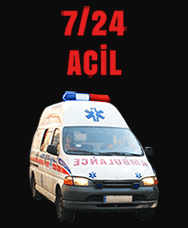The sensory recovery outcomes of fingertip replantations without nerve repair were retrospectively studied. Between 2000 and 2006, 112 fingertip replantations with only arterial repair were carried out in 98 patients. About 76 of the replants survived totally, with a success rate of 67.8%. Evaluation of sensory recovery was possible in 31 patients (38 replantations). Sensory evaluation was made with Semmes–Weinstein, static and dynamic two-point discrimination, and vibration sense tests. Fingertip atrophy, nail deformities, and return to work were also evaluated. According to the Semmes–Weinstein test, 29.0% (11/38) of the fingers had normal sense, 60.5% (23/38) had diminished light touch, 7.9% (3/38) had diminished protective sensation, and 2.6% (1/38) had loss of protective sensation. Mean static and dynamic two-point discriminations were 7.2 mm (3–11 mm), and 4.60 mm (3–6 mm), respectively. Vibratory testing revealed increased vibration in 42.1% of the fingers, decreased vibration in 36.8%, and equal vibration when compared with the non-injured fingers in 21.1%. Atrophy was present in 14 (36.8%) fingers and negatively affected the results. Nail deformities, cold intolerance, return to work, and the effect of sensory education were investigated. Comparison of crush and clean cut injuries did not yield any significant difference in any of the parameters. Patients who received sensory education had significantly better results in sensory testing. The results were classified as excellent, good, and poor based on results of two-point discrimination tests. The outcome was excellent in 18 fingers and good in 20 fingers. Overall, satisfactory sensory recovery was achieved in fingertip replantations without nerve repair.









